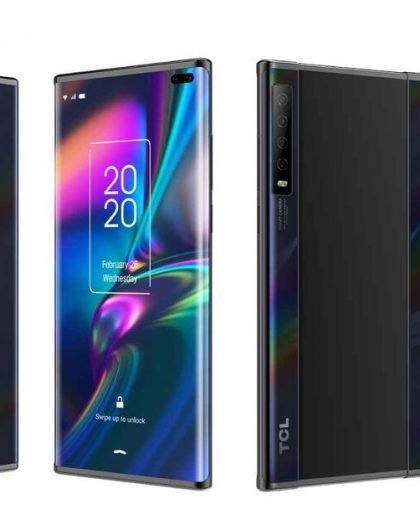I remember the iPhone X had issues with its face locking feature. A Chinese woman posted a video where her iPhone was easily unlocked by a friend with a similar facial structure. Now a similar problem is causing an uproar among Samsung Galaxy S10 users. This time, it’s not the face, but the fingerprint unlocking system.
This is a big security lapse, which allows Samsung Galaxy S10 and S10+ phones to be unlocked from non-registered fingerprints. This major security threat was also reported in the Galaxy Note 10 series. Samsung investigated the matter, and found silicone screen protectors to be the culprits, instead of their fingerprint recognizing algorithm.
The smartphones were not able to differentiate fingerprints because they read the pattern of the silicone screen protector instead of the fingers’, hence, reading the same pattern all the time unlocked the smartphone.
Samsung issued a public statement on the cases. The company explained, “This issue involved ultrasonic fingerprint sensors unlocking devices after recognizing 3-dimensional patterns appearing on certain silicone screen protecting cases as users’ fingerprints. To prevent any further issues, we advise that Galaxy Note10/10+ and S10/S10+/S10 5G users who use such covers to remove the cover, delete all previous fingerprints and newly register their fingerprints.”
Several tests came pouring in on YouTube for Note 10 proving the issue existed in the August-released smartphone. However, it was done on Exynos variants of Note 10. We don’t know if this problem exists in the Snapdragon model. Samsung recently released a software update for the Exynos Note 10+ 5G to make significant improvements.
In my opinion, silicone protector or not, an overpriced and premium smartphone should be smart enough to differentiate and read what a fingerprint looks like. If it can’t do that, there’s no point in introducing this feature in future flashy phones. I hope, in the future, mobile developers ensure security isn’t compromised in their pursuit of turning smartphones into bank lockers.









